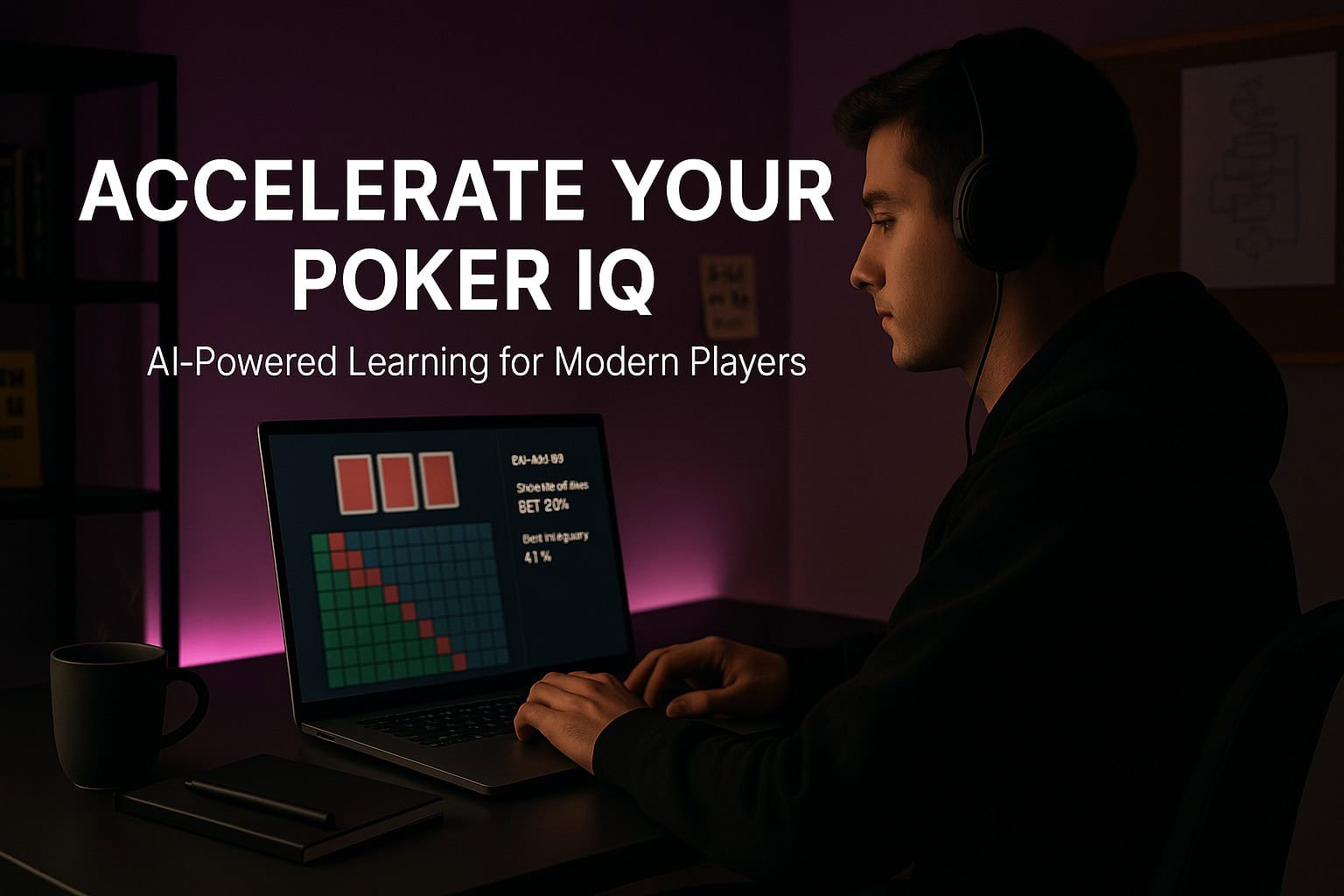
AI Poker Strategies That Will Make You Learn Faster
Let’s be honest—poker is hard.
Learning the game, truly learning it, takes thousands of hours. Or at least… it used to.
Today, artificial intelligence is flipping that timeline on its head. Whether you’re a grinder looking to level up or a new player trying not to drown in variance, the fastest path to real improvement now runs through AI poker strategies.
This isn’t about cheating. This is about learning—faster, sharper, and smarter than ever before.
What AI Poker Strategies Really Teach You
Let’s define our terms.
We’re not talking about memorizing preflop charts or mindlessly copying solver outputs. Fast learning in poker means:
- Internalizing GTO concepts through repetition
- Understanding why certain decisions work
- Correcting leaks efficiently
- Getting meaningful feedback—not vague hunches
And the tools that deliver on all of this? You guessed it—AI.
AI Doesn’t Just Play Poker. It Teaches It.
Modern AI poker strategies does more than calculate odds. Today’s tools teach like coaches—real-time correction, scenario simulation, and pattern recognition.
These bots aren’t making the decisions for you. They’re showing you:
- How to think in ranges
- When to deviate from theory
- How to adapt based on opponent tendencies
It’s not automation. It’s transformation.
The Key Pillars of AI-Driven Poker Learning
Let’s break down the most effective AI poker strategies and methods for speeding up your growth at the tables.
1. Drilling GTO Spots with Instant Feedback
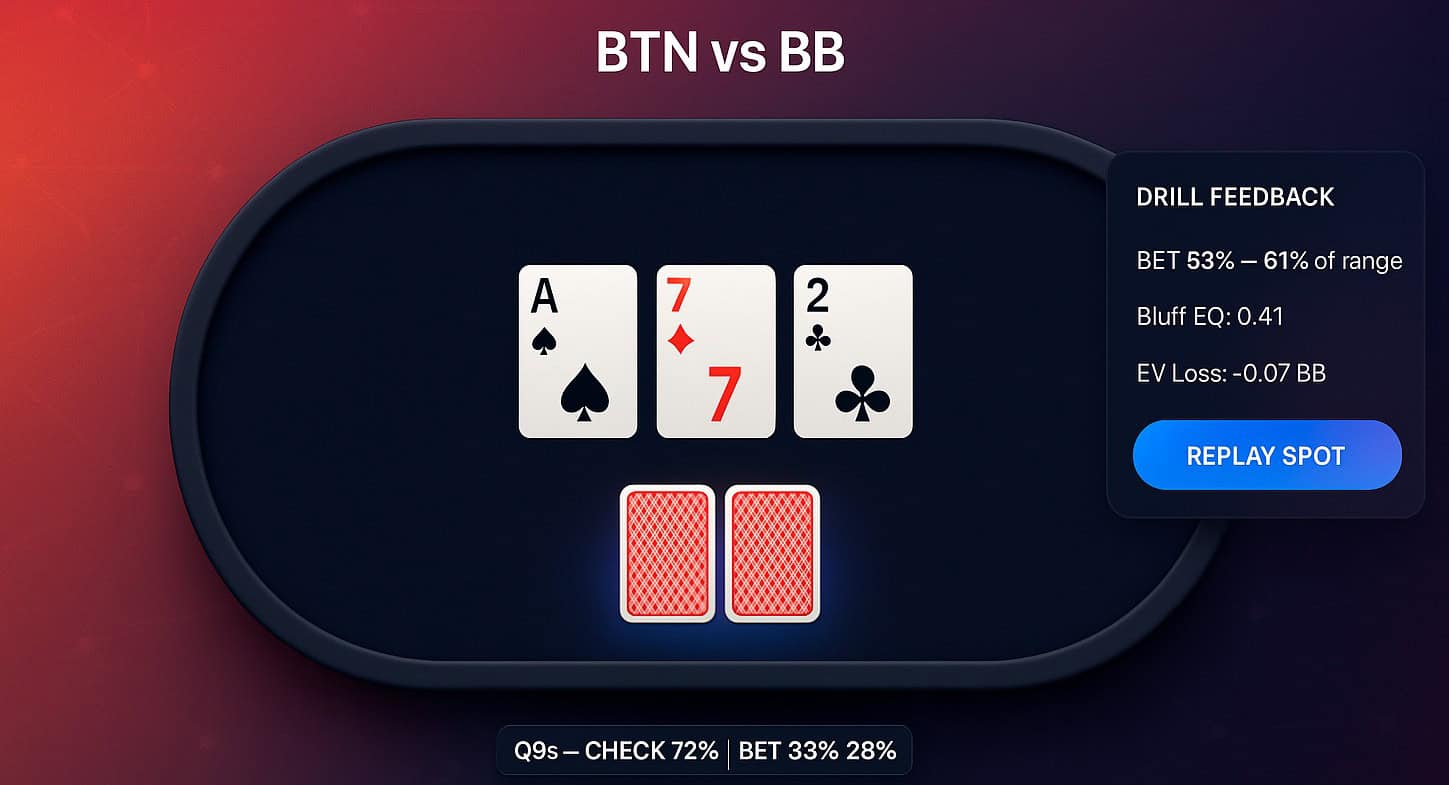
Imagine being able to replay the same hand situation over and over—changing your action each time and seeing how it affects your EV.
That’s what GTO trainers like Lucid, GTO Wizard, and PokerAlfie now offer.
You pick a spot:
- BTN vs BB on A♠ 7♦ 2♣
- 60 BB stacks
- Your range vs theirs
Then you drill it.
And drill it again.
And again.
Each time, the AI tells you:
“Your bluff frequency is too low.”
“You’re overvaluing top pair.”
“This bet size costs you 0.13 BB.”
It’s like having a GTO whisperer watching every click you make—and whispering only when it matters.
2. Pattern Recognition Through Volume Simulation
Solvers taught us what “balanced” play looks like.
AI trainers go one step further: they teach you to recognize patterns in situations—not just memorize.
For example:
- On paired boards, check-raising becomes rare.
- In single-raised pots IP, 33% c-bet dominates.
- Bluffing with blockers? More than just theory—it becomes instinctual.
And when you simulate thousands of hands through AI, your brain absorbs this fast. Faster than reading. Faster than watching pros. Because you’re the one making the decisions—and AI is catching your patterns in real time.
3. Leak-Finding and EV Mapping
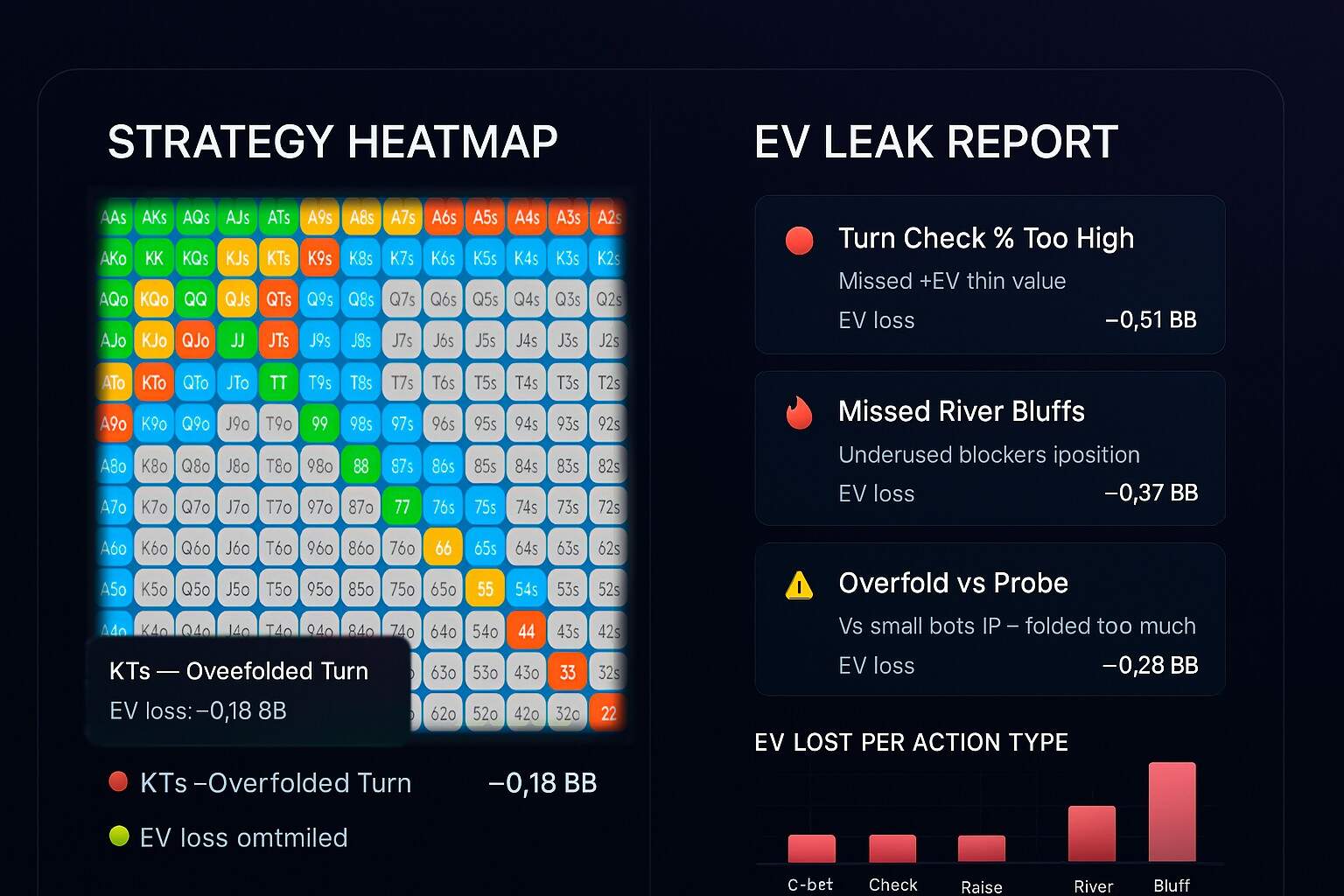
One of the biggest breakthroughs in AI poker tools is post-session EV analysis.
Upload a hand history or review a training session, and tools like PokerAlfie or Pio Cloud Trainer show you:
- EV lost per action
- Missed high-EV bluffs
- Overfolds on low-frequency spots
- Sizing inconsistencies
Even better, you get heatmaps and hand charts showing where your strategy breaks down. No guesswork. No “gut feel.”
Just data. And growth.
4. Adjusting to Opponents Using AI Behavior Models
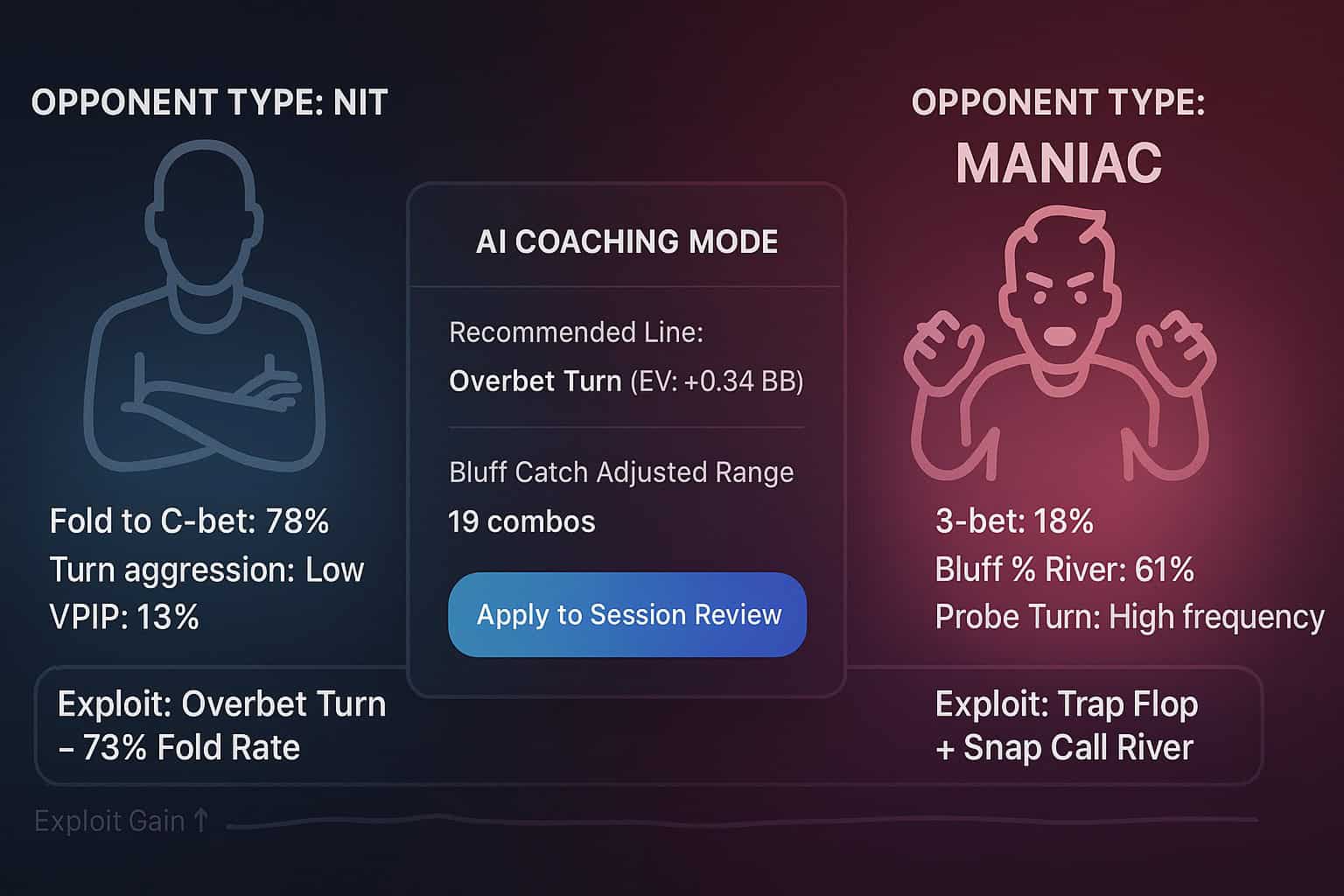
This is where things get wild.
Some advanced bots now simulate opponent types—tight-passive, aggro-bluff-heavy, stationy—and adjust responses accordingly. You’re no longer training vs a vacuum-perfect GTO bot—you’re learning how to beat humans.
That’s where fast learning turns into exploitative intelligence.
Because let’s face it: GTO’s great, but making money means punishing real players’ mistakes.
And AI bots that replicate those mistakes? They teach you how to spot and strike.
The Best Tools to Apply AI Poker Strategies
Here’s a breakdown of the top tools used by serious players to supercharge their learning:
| Tool | Best For | Why Use It |
| Lucid GTO | Drills + Feedback | Visualizes mistakes instantly, adaptive coaching |
| GTO Wizard | Spot drilling + solver accuracy | Combines play + solve with detailed EV review |
| PokerAlfie | Adaptive strategy simulation | Responds to human-like inputs, tracks exploitability |
| Simple GTO | Hand node exploration | Best for deeper decision tree learning |
Each of these blends solver power with user-friendly UI and feedback loops—perfect for structured, fast learning.
How Long to Study with AI Each Week?
Here’s a great rule of thumb:
1 hour AI drilling = 3–4 hours of random play
Why? Because it’s focused. It isolates your thinking. You’re not distracted by outcomes—you’re refining the process.
Most pros use AI tools 3–6 hours per week. But even just 20 minutes a day can lead to major breakthroughs—especially if you repeat high-impact spots (e.g., BTN vs BB, SB 3-bet pots, etc.).
But Wait—Isn’t This Just Playing Against Bots?
No. And this is crucial.
AI for learning = studying with a bot
Bots in real games = cheating
There’s a massive difference between:
- Reviewing BTN strategy with a bot post-session
vs - Feeding real-time board states to an RTA
Use AI ethically, and you’ll outgrow 90% of your opponents. Abuse it, and you’re not a better player—you’re just one step from a lifetime ban.
What AI Can’t Teach You (But You Still Need)
AI’s amazing. But it’s not everything.
Here’s what it won’t teach you:
- Table presence
- Live tells
- Bankroll discipline
- Emotional tilt control
- Multiway dynamics in real time
That’s where your human edge comes in.
AI is your coach, your sparring partner, your assistant. But when the pressure’s on—you still need to pull the trigger.
And that’s something no neural net can do for you.
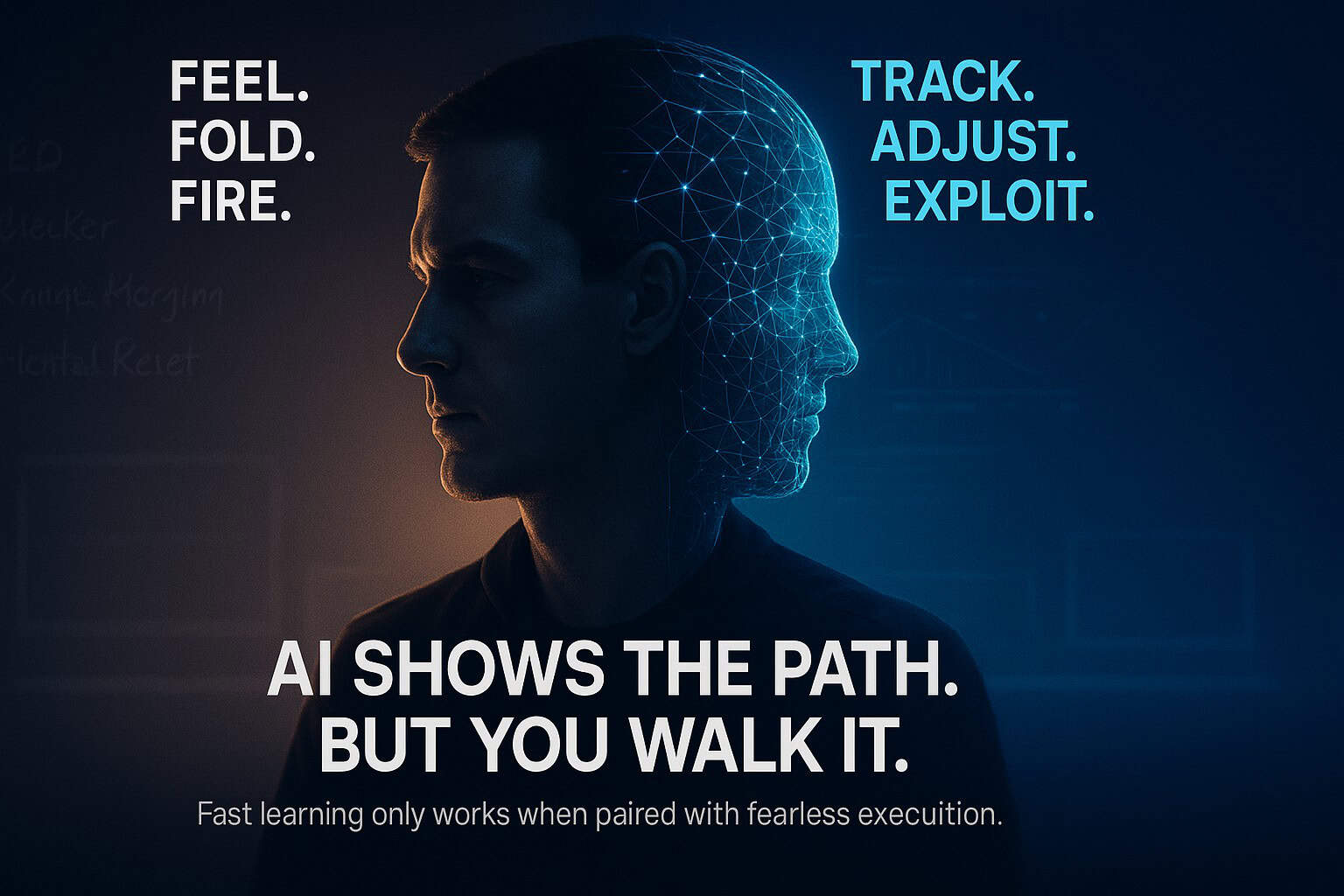
Final Thought: Learn Faster. Play Smarter.
There’s a saying in poker:
“You either study now… or you bleed later.”
With AI on your side, studying isn’t slow anymore. It’s efficient. It’s targeted. It works.
And if you’re still trying to grind your way to improvement without it? You’re not being purist—you’re being inefficient.
So plug in. Drill deep. And watch how quickly your confidence, intuition, and win rate rise.
Because in the new poker era, the smartest player isn’t always the most experienced—it’s the one who mastered AI poker strategies.
Sometimes, it’s just the one with the best AI sparring partner.
